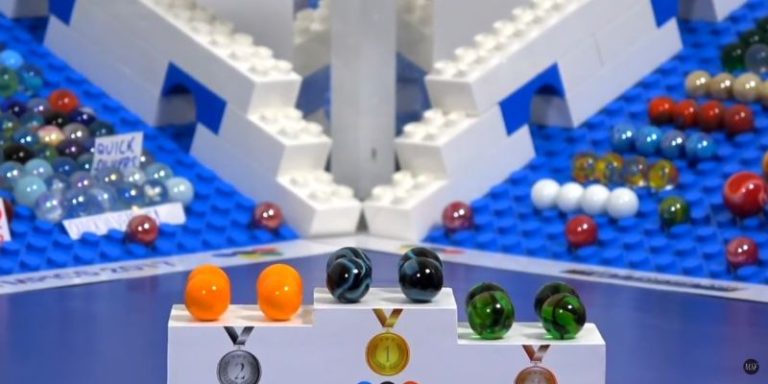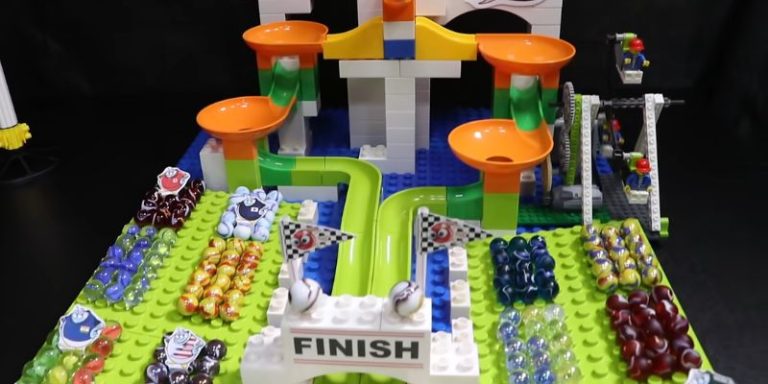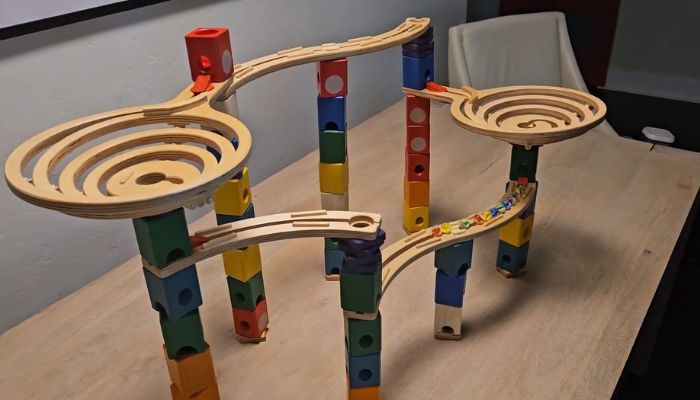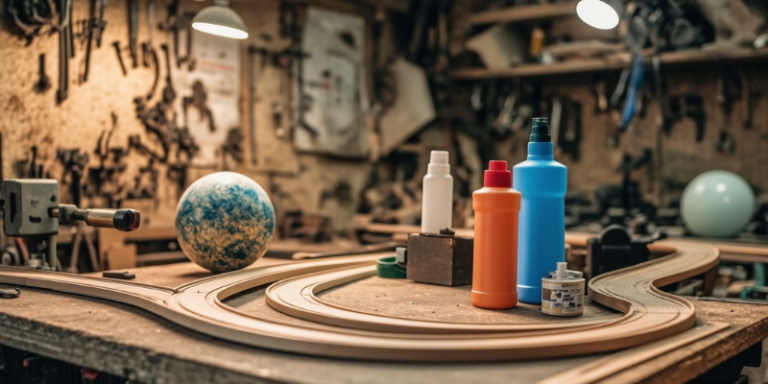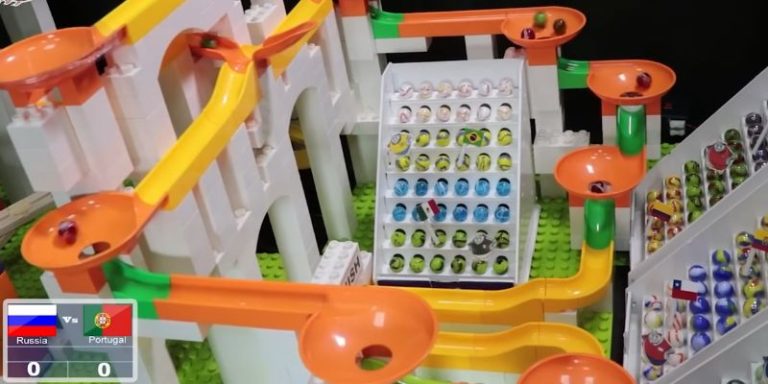Is marble racing a sport? Uncover the Thrill and Competition
Marble racing, at first glance, might not seem like a sport. With small spheres rolling down intricately designed tracks, it appears more like a pastime than a competition. However, with structured events, dedicated fans, and growing global popularity, marble racing has transcended its simple origins to become a legitimate contender in the world of sports. Let’s explore why marble racing checks the boxes for being considered a sport and how its evolution has captivated audiences worldwide. Learn more about the world of marble racing at https://marblesport.com/.
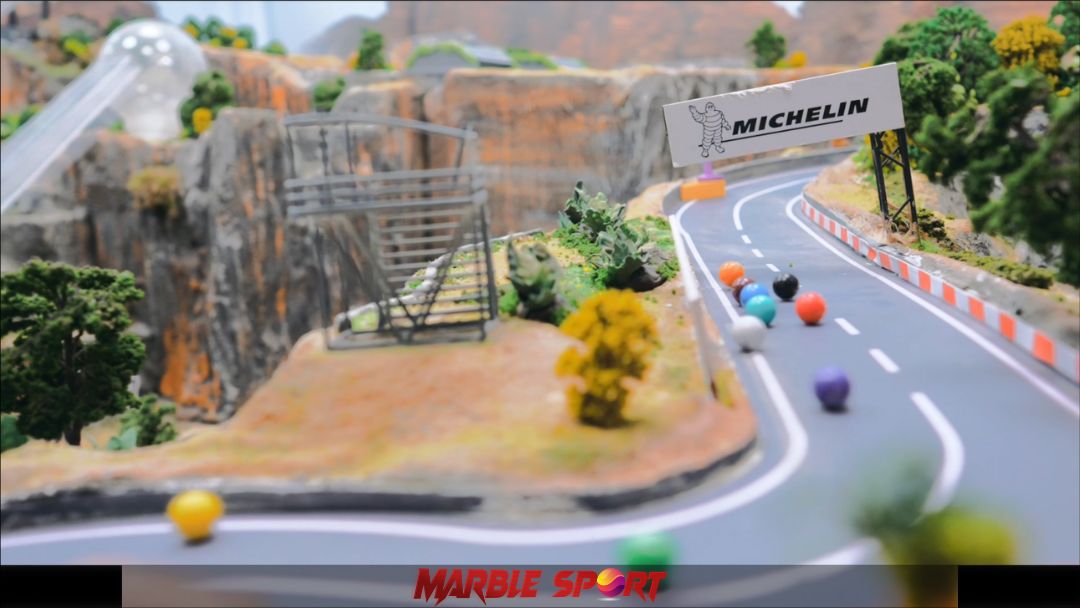
What Defines a Sport?
To determine whether marble racing is a sport, it’s important to define the key elements of sports, such as competition, skill, rules, and spectator engagement. Marble racing surprisingly meets many of these criteria in its own unique way. While marbles themselves lack decision-making, the creators bring skill and creativity to designing competitive environments.
Events are governed by rules, structured courses, and results based on speed, precision, and track design. Competitions like Marbula One or the Marble League showcase the intensity of marble racing, complete with fans rooting for teams and professional commentary adding to the experience.
If you’re wondering about the competitive nature of the game, check out is marble racing a challenge to see what makes each race so unpredictable.
The Role of Competition in Marble Racing
Competition is central to any sport, and marble racing delivers it in abundance. From thrilling head-to-head races to intricate obstacle courses, marbles battle for supremacy in ways that keep fans on the edge of their seats. Teams like the Green Ducks, Team Galactic, and O’rangers have built loyal followings, with fans passionately debating their performances in comment sections and forums.
Marble racing competitions include qualifiers, finals, and even medal ceremonies, much like the Olympics or Formula One. The unpredictable nature of the races—where a slight nudge can determine victory—adds an element of suspense, rivaling traditional sporting events. The competitive spirit among teams and fans reinforces marble racing’s place as a sport.

Skill and Creativity in Track Design
While marbles themselves lack skill, the design and construction of tracks require significant expertise and creativity. Track creators like Jelle Bakker, the mastermind behind Jelle’s Marble Runs, spend countless hours engineering courses that test the limits of marble momentum and balance. Tracks like Sand Marble Rally or themed courses such as Siberian Icefield and Pirelli Speedway showcase intricate designs, requiring technical precision and imaginative storytelling.
These tracks not only challenge the marbles but also enhance the viewing experience. Fans appreciate the innovation behind loops, ramps, and tight curves, which mirror the complexity of circuits in traditional motorsports. This ingenuity positions marble racing as more than just entertainment—it’s a sport that values skill and creativity.
If you’re curious about the mechanics behind these races, explore how does marble racing work for a deeper dive into the structure of events and track setups.
Fan Engagement and Community Building
Sports thrive on fan engagement, and marble racing has built a dedicated global community. The pandemic played a significant role in catapulting marble racing into the spotlight, as sports fans sought alternative entertainment during lockdowns. Viral videos of marble races sparked widespread interest, with millions of new fans discovering the charm of this unconventional sport.
Platforms like YouTube have made marble racing accessible to audiences of all ages. Channels like Jelle’s Marble Runs provide professional commentary, live standings, and detailed backstories for teams, turning marbles into stars. Fans even create fan art, statistics, and themed merchandise, further solidifying the sense of community. The passion of these fans mirrors that of traditional sports enthusiasts, underscoring the legitimacy of marble racing as a sport.
The Role of Commentary in Elevating the Sport
Commentary is a vital element that brings marble racing to life, much like it does in traditional sports. Greg Woods, the voice of Jelle’s Marble Runs, has become synonymous with marble racing, offering professional narration that elevates the drama and excitement of each event. His calm yet compelling delivery transforms simple races into gripping spectacles.

Woods’ commentary mirrors the cadence of high-profile sports broadcasts, whether it’s tracking a marble’s split-second lead change or narrating a dramatic comeback. This professional presentation not only entertains viewers but also gives marble racing an air of legitimacy, making it feel like a true sport rather than a casual activity.
Challenges and Skepticism
Despite its growing popularity, marble racing faces skepticism. Critics argue that without human or animal participants, marble racing lacks the athleticism typically associated with sports. Additionally, the reliance on randomness rather than skillful performance makes some question its sporting credibility.
However, these critiques fail to consider the broader definition of sports. Chess and esports, for instance, rely on strategy and skill rather than physical exertion, yet they are widely recognized as legitimate sports. Marble racing similarly involves creativity, competition, and fan engagement, making it no less valid than these activities.
Why Marble Racing Deserves to Be Called a Sport
Marble racing has evolved far beyond its humble beginnings. It combines competition, creativity, and community, embodying many of the qualities that define traditional sports. The meticulous track designs, the excitement of races, and the passionate fanbase all contribute to its growing reputation as a sport.
Moreover, marble racing offers something unique—it blurs the line between entertainment and athletics, making it accessible to everyone. Whether you’re watching a tight finish in the Marbula One or cheering for your favorite team in the Marble League, marble racing provides the same adrenaline rush as any other sport.
So, is marble racing a sport? The answer is a resounding yes. It captures the essence of competition, celebrates creativity, and fosters a global community of fans. Marble racing demonstrates that sports can take many forms, proving that even small rolling spheres can deliver big thrills and bring people together. As its popularity continues to rise, marble racing solidifies its place as a legitimate and captivating sport for all.
If you’re looking for ways to catch up on the latest tournaments, check out where to get the latest marble racing highlights for the best sources of race replays and event coverage.

